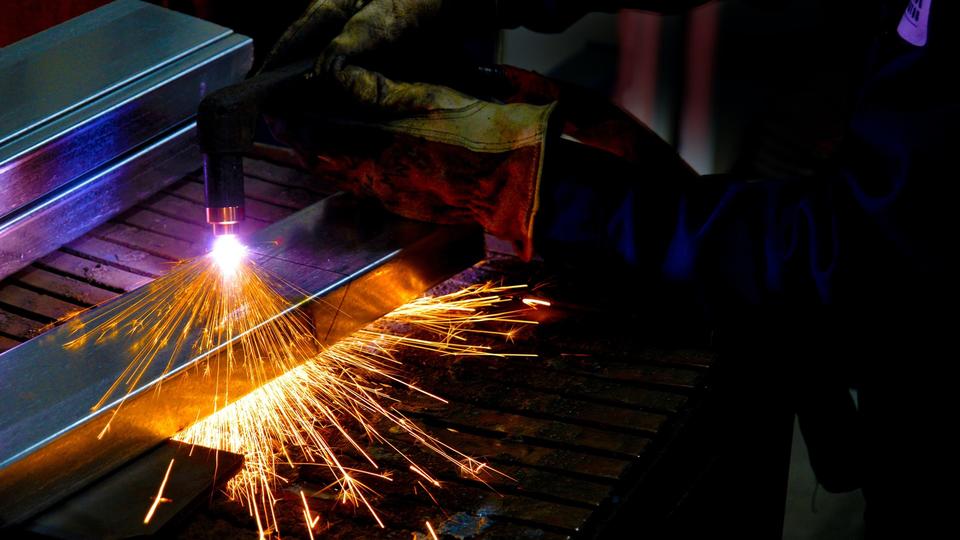
Corporate Muse
Want Creative Employees? Inspire Them By Being Creative With Human Resources.
Based on research by Jing Zhou, Dong Liu, Yaping Gong and Jai-Chi Huang
Want Creative Employees? Inspire Them By Being Creative With Human Resources.
- A careful mix of human resources practices can spur employee creativity to greater heights than a single approach.
- Firms that rely on external creativity — imitating other companies’ inventions or receiving government support — have less employee-driven innovation.
- In China, privately-owned firms tend to be more driven by employee creativity than state-owned companies, even though the private firms have access to fewer resources.
Inventive employees drive innovation and fuel competitiveness, which is why managers and scholars search so relentlessly for ways to spur their workers’ imaginations. But what if innovation could be sparked by one of the most familiar corporate departments — one often taken for granted?
Human resources departments can be powerful engines for innovation according to Rice Business Professor Jing Zhou. She and colleagues Dong Liu of the Georgia Institute of Technology, Yaping Gong of the Hong Kong University of Science and Technology and Jia-Chi Huang of National ChengChi University recently conducted the first empirical study looking at the impact of human resources practices on workplace innovation in China. That country’s unique mix of human resource practices and allure for multinational companies, Zhou and her team say, made it an ideal lab for their research.
Their findings should interest companies outside of China. According to the 2014 World Investment Report, that year more firms directly invested in China than in any other country. China also ranked at the top of economies attractive to multinational firms. Scholars expect the country to become a hub of innovation similar to the United States; in the near future, researchers note, the familiar “Made in China” label will likely be eclipsed by “Created in China.”
Today, however, encouraging Chinese innovation is a puzzle for many multinational managers. This is largely because of the relationship between the country’s state-owned and privately-owned enterprises.
One of the first decisions any foreign investor in China has to make is whether to collaborate with a state-owned or a privately-owned firm. Investors generally pick the former, because state-owned firms have better access to ideas hatched by Chinese research institutes and universities. Private firms have evolved into major economic players, but they still face forms of institutional discrimination, and have far less access to the ideas bubbling out of China’s think tanks and universities.
That’s why, for private firms, maximizing employee creativity is crucial. But how best to do it? To find out, Zhou and her team divided human resources departments into two types, maintenance oriented and performance oriented. Maintenance-oriented HR departments focus on employee equality and job security; it’s the type of department that often dominates state-owned firms. Performance-oriented HR departments, on the other hand, help employees master new skills and improve their future prospects.
China’s socialist ideology has promoted the maintenance-oriented approach, sometimes known as the “iron rice bowl.” Only in 2008 did the government begin enforcing a labor law that compelled firms to formalize human resources procedures, shifting state-owned companies from informal and sometimes arbitrary management towards consistent management based on rules.
Chinese employees, Zhou’s team found, appreciate performance-based systems. But if employers don’t offer strong maintenance-oriented systems, those same workers worry about job security. Mastering new skills, the workers sometimes decide, isn’t worth it if it’s accompanied by job insecurity. As a result, employees in performance-based systems may not take advantage of the opportunities to learn.
State-owned owned companies often provide more secure work environments and enjoy better perks than private firms. In 2015, for example, China’s State Council announced that R&D personnel in state-owned companies could take non-paid leave for up to three years to start new ventures. When firms depend on inventions from other companies or on government support, the researchers found, they are not shaped by internal creativity as are privately-owned firms.
To reach their conclusions, Zhou and her team analyzed data from metallurgical firms in a northeastern province of China, surveying employees about a variety of human resources practices. They then compared the survey results with data from the companies’ research and development departments indicating the number of new products launched. What they discovered is that when companies use multiple human resources practices rather than just one, these practices act in synergy to heighten employee innovation.
These findings offer some practical implications for managers. The first lesson: Creativity flourishes when firms offer performance- and maintenance-oriented human resources at the same time. The second lesson: Worker creativity flourishes in private companies more than it does in state-owned ones. That means leaders and investors of state-owned companies should craft more opportunities for workers to turn their ideas into innovation. The findings can be applied in other places, such as the former Eastern Bloc, where state-owned firms flourish.
Corporate creativity can also be promoted intentionally. In 2007, China held its first major science fiction convention. During the Cultural Revolution, science fiction was considered escapist and middlebrow. As a result, it was banned. Then the Chinese government began sending delegations to visit U.S. firms such as Google and Apple to understand the source of their creativity. What they found was that the leaders of these companies almost without exception were science fiction fans. Reading the genre as children, they said, sparked many of their ideas for technological development. China promptly began encouraging the reading and writing of science fiction — and as a result sparked what is considered a Golden Age in Chinese sci-fi.
As Chinese companies grow more aware of the need for innovation, they may find other ways to cultivate this quality among their workers. Whether it’s curling up with The Martian Chronicles or rethinking HR, Zhou’s research shows, imagination often can be nurtured close to home.
Jing Zhou is the Mary Gibbs Jones Professor of Management and Psychology in Organizational Behavior at the Jones Graduate School of Business of Rice University.
To learn more, please see: Liu, D., Gong, Y., Zhou, J., & Huang, J. (2017). Human resource systems, employee creativity and firm innovation: The moderating role of firm ownership. Academy of Management Journal, 60(3), 1164-1188.
Never Miss A Story


